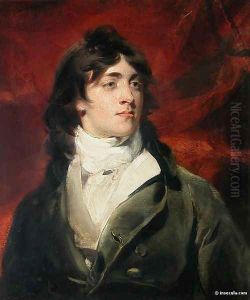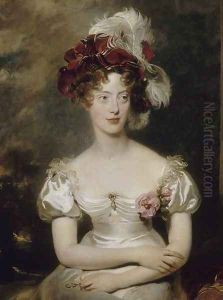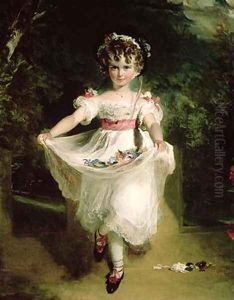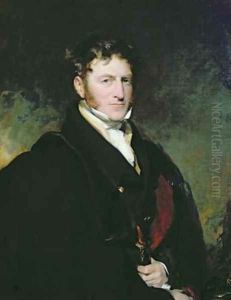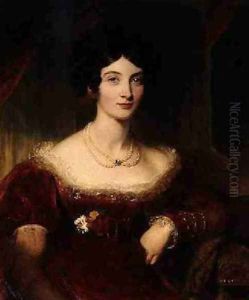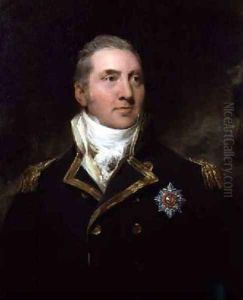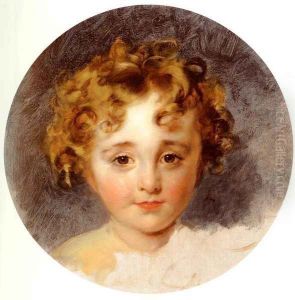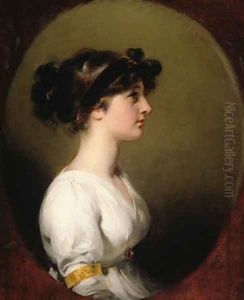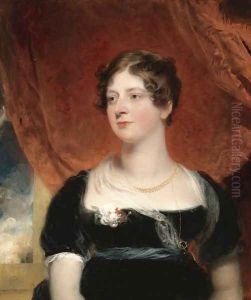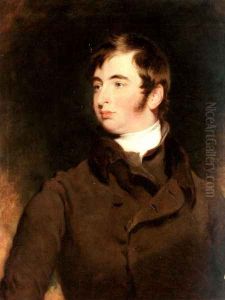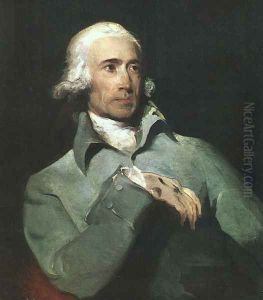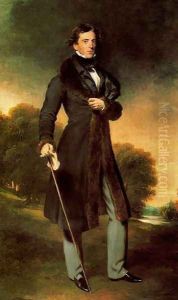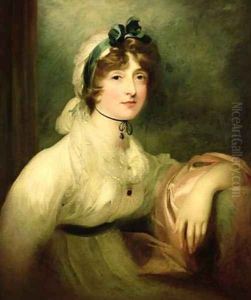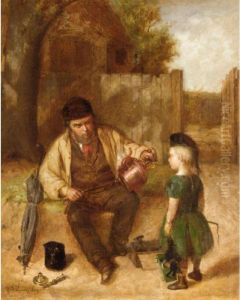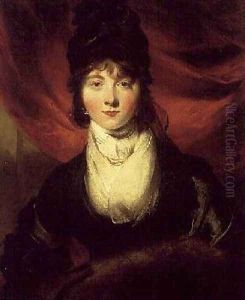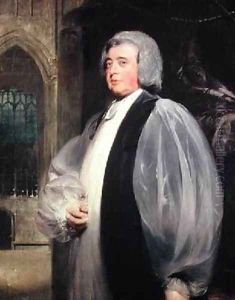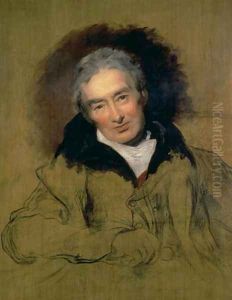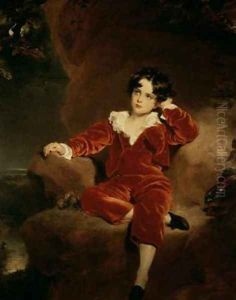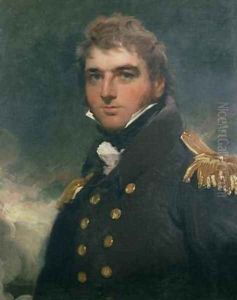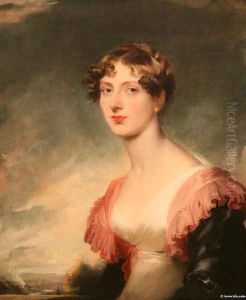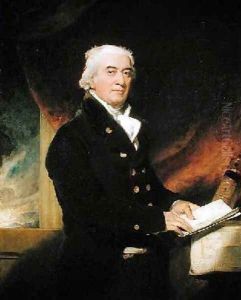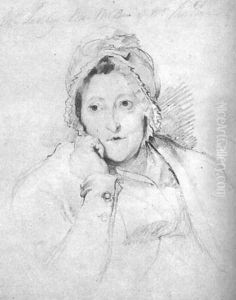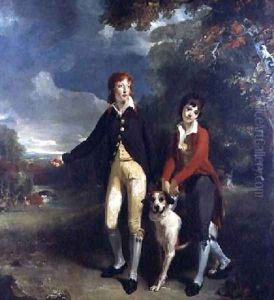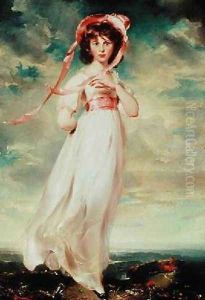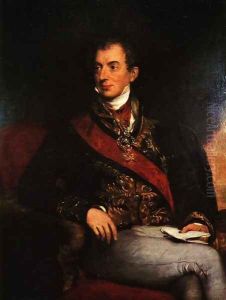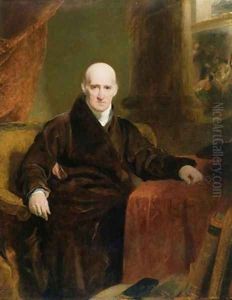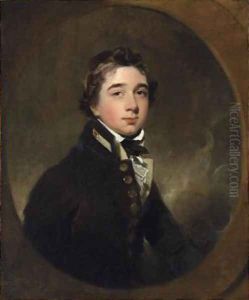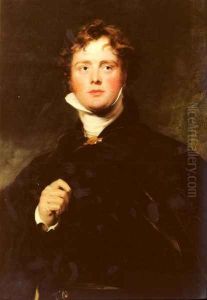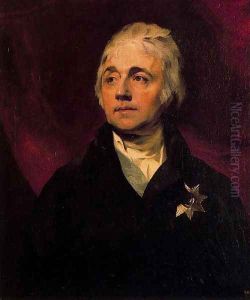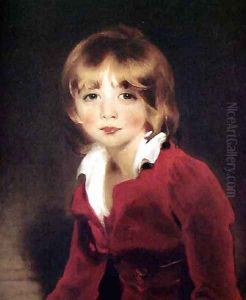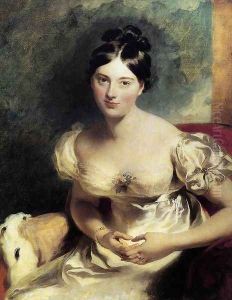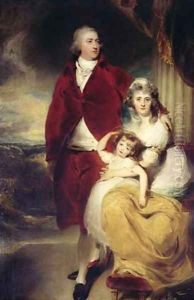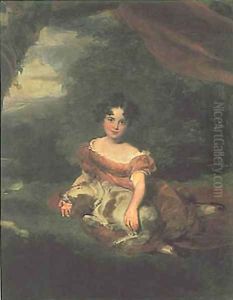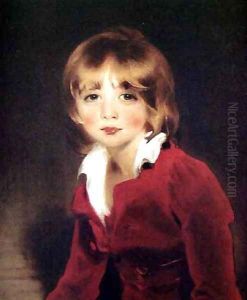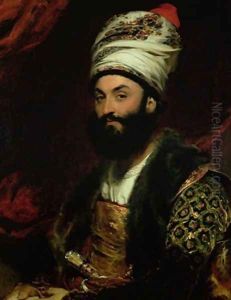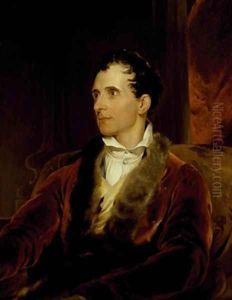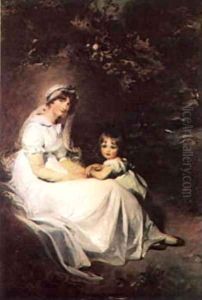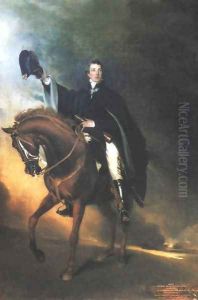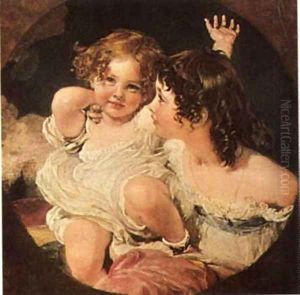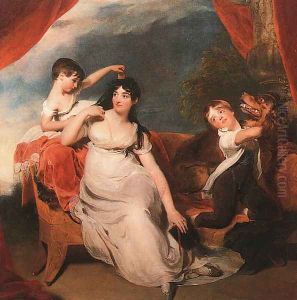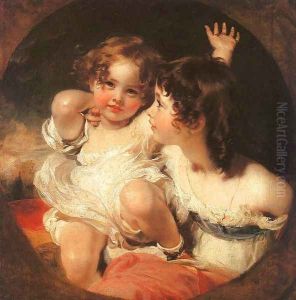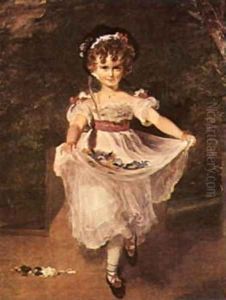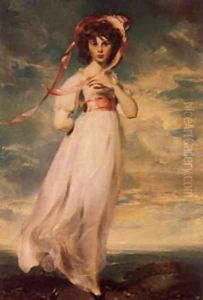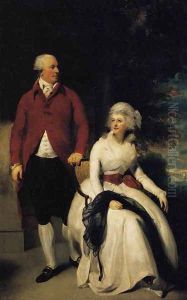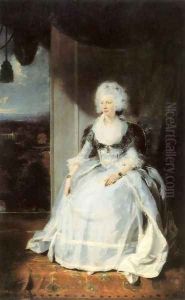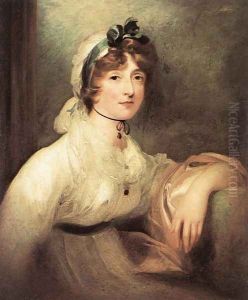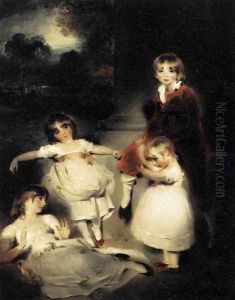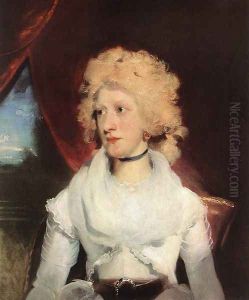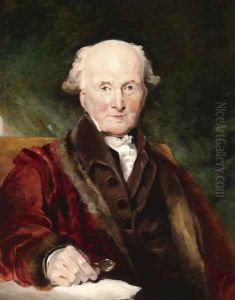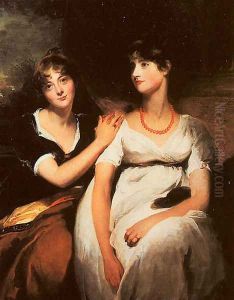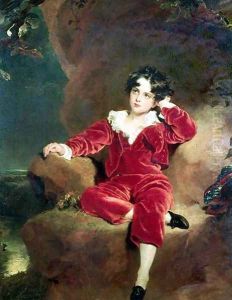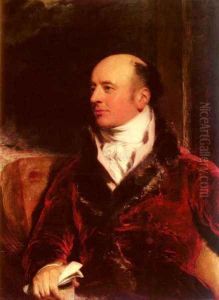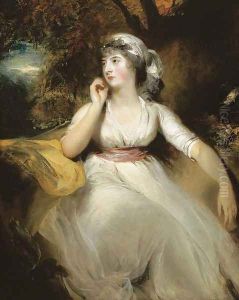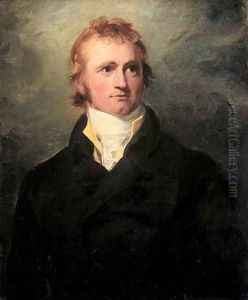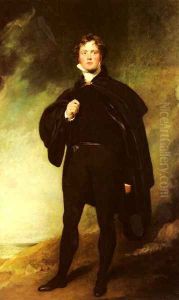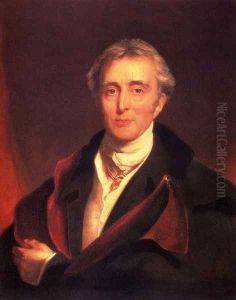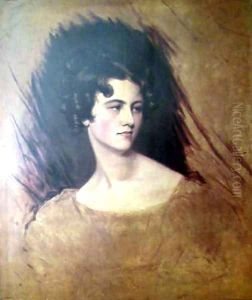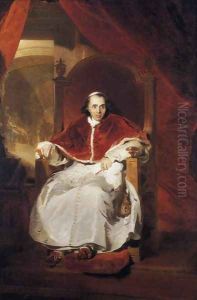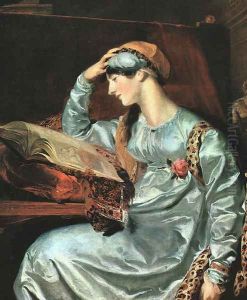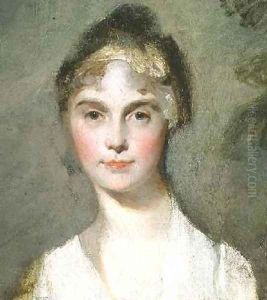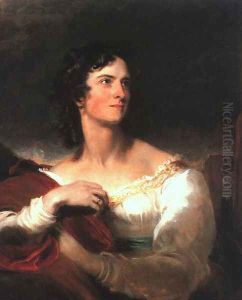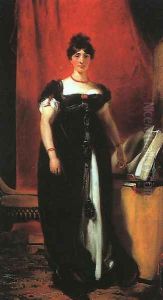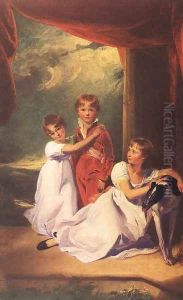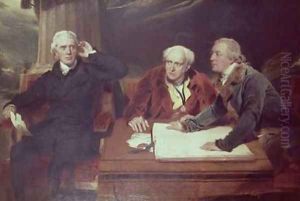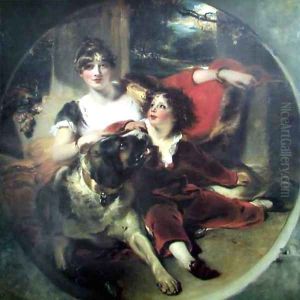Sir Thomas Lawrence Paintings
Sir Thomas Lawrence was a leading English portrait painter and the fourth president of the Royal Academy. Born on April 13, 1769, in Bristol, England, Lawrence showed artistic talent at an early age, and by the time he was ten, he was supporting his family by selling pastel portraits. His family moved to Bath when he was a child, where Lawrence continued to develop his skills and attract a clientele for his portraits.
In 1787, Lawrence moved to London and entered the Royal Academy schools. His rise within the artistic circles was rapid, and he became an associate of the Academy in 1791. Just three years later, at the young age of 25, Lawrence was named Painter-in-Ordinary to King George III, following the death of Sir Joshua Reynolds. This royal appointment helped solidify his reputation as one of the leading portraitists of the era.
Lawrence's style was characterized by his dramatic use of light and shade, and his exceptional ability to capture the personality and elegance of his sitters. He was particularly adept at painting the textures of fabrics and the complexions of his subjects. His portraits were known for their sophistication and charm, and they often flattered the sitter while still appearing natural and unforced.
Throughout his career, Lawrence painted many notable figures, including royalty, military leaders, and politicians, both in Britain and across Europe. In 1810, he became a full member of the Royal Academy, and in 1820 he succeeded Benjamin West to become the president of the Academy, a position he held until his death.
Lawrence's work took him to various European courts, where he painted portraits of figures such as Pope Pius VII, Emperor Francis I of Austria, and the King of Prussia. These portraits were not only significant as works of art but also served as diplomatic gifts that helped forge political relationships.
Sir Thomas Lawrence never married and was known to have been engaged to several women throughout his life, though he never wed. His personal life was marked by financial difficulties, despite the considerable income he earned from his portraits. He was a generous patron of the arts and supported fellow artists, which contributed to his financial troubles.
Lawrence died in London on January 7, 1830. His legacy lives on through his numerous portraits that capture the influential and celebrated personalities of his time. Today, Lawrence is remembered as one of the greatest portraitists of the Regency era, and his works continue to be admired for their beauty, skill, and insight into the character of his subjects.
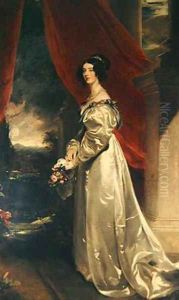
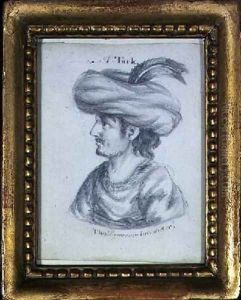
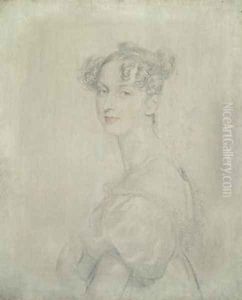
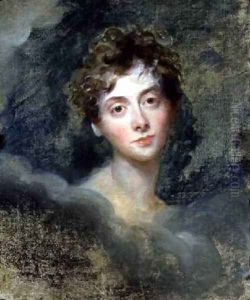
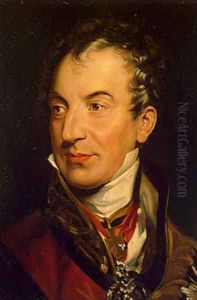
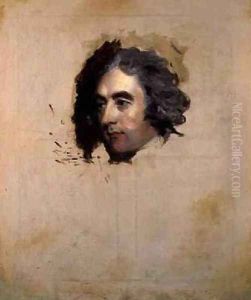
![The Prince Regent [later George IV] of England](https://www.niceartgallery.com/imgs/206887/s/sir-thomas-lawrence-the-prince-regent-later-george-iv-of-england-e1582d47.jpg)
